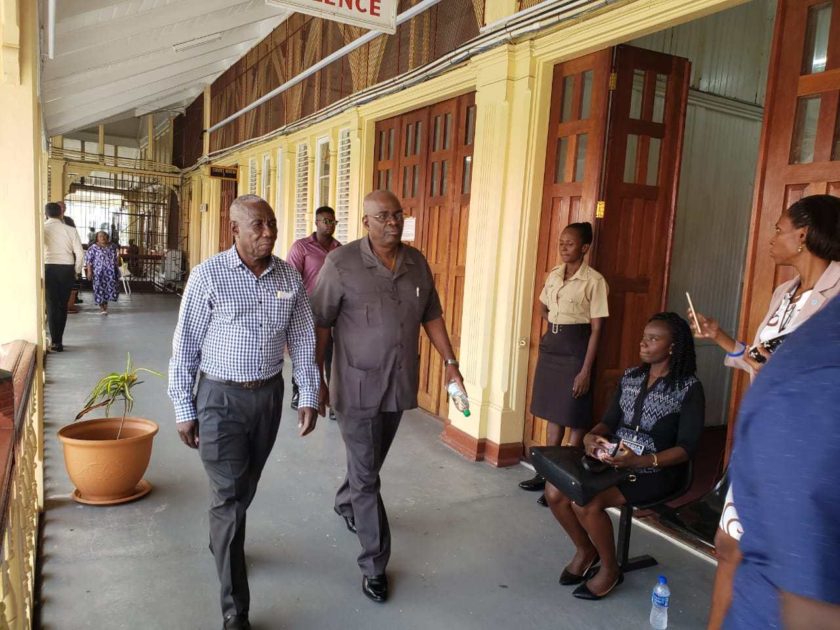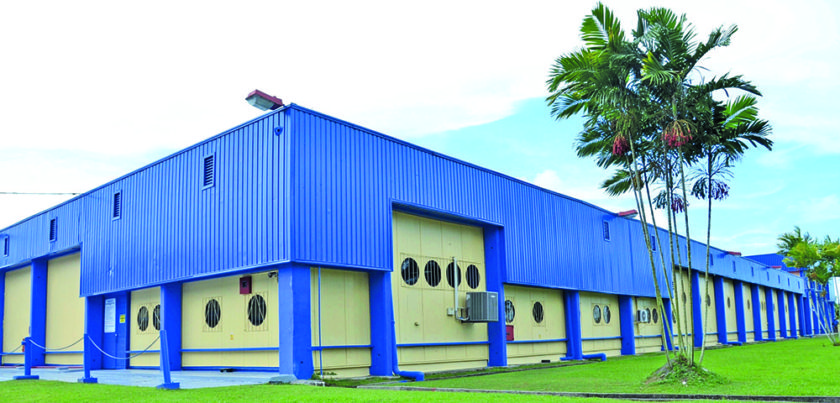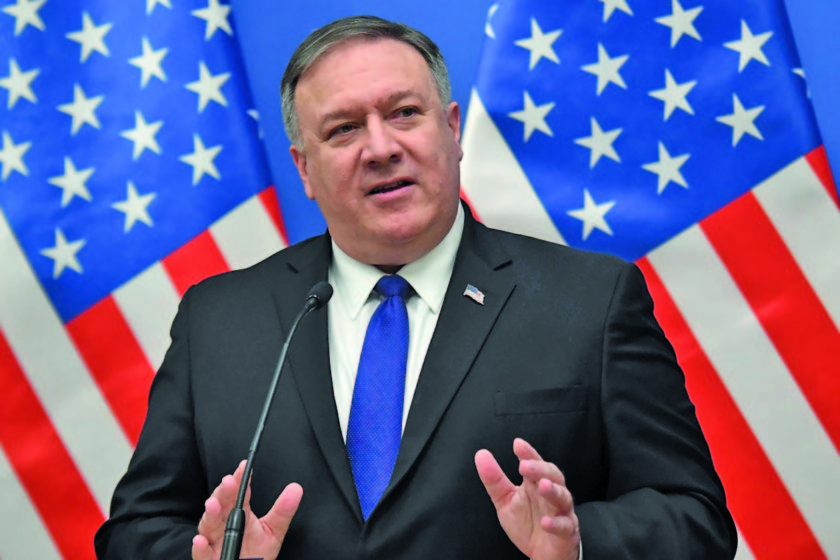The Guyana REDD+ Investment Fund (GRIF) has been established with the initial US$ 30 million being made available to the Guyana government. The milestone event took place at the World Bank’s headquarters in Washington late Saturday, with the signing of an administrative agreement between Norway and the bank.
The GRIF is the mechanism by which funds for forest climate services will be directed from Norway to Guyana, as provided for in the agreement signed by the two countries in 2009.
The Guyana/ Norway deal is valued at up to US$ 250 million by 2015, and is payment for forest climate services.
Speaking on the announcement, Guyana’s Finance Minister Dr Ashni Singh said, “Today (Saturday) represents a big step forward in our joint efforts to show that we can create a low deforestation, low carbon, climate resilient economy in Guyana.
Our two countries are forging new ground in trying to work out how REDD+ can help to reconcile the world’s need for urgent action to avert climate catastrophe with Guyana’s sustainable development,” he added.
Meanwhile, Norway’s Environment and International Development Minister Erik Solheim said the two countries have demonstrated that developed and developing countries can solve complex problems for the good of all.
The minister underlined that both states have agreed on an innovative mechanism for conservative and sustainable rainforest use, and that what has been achieved demonstrates the benefits of working together for Guyana and the wider world’s efforts at combating climate change.
Minister Singh opined that, with the establishing of this conduit, six priority investments for the period 2010 to 2015 will be made.
These are investing in the Amaila Falls Hydropower project; the creation of new opportunities for Amerindians, which includes the completion of the titling process for all Amerindian villages, the accessing of high quality infrastructure in all parts of Guyana, and the creation of new low carbon opportunities for small and micro enterprise sectors.
Investments in the education sector, including the establishment of a bio- diversity research and low carbon development facility, the inclusion of low carbon development in the school curriculum, and improved ICT training for school children and prospective employees are also part of the overarching goal.
The sixth priority will go towards supporting the Office of Climate Change, the Low Carbon Project Management Office, the Environmental Protection Agency, and the REDD+ Secretariat.
Although Brazil’s Amazonian Fund of US$ 1 billion by 2015 is much larger, Dr Singh said, based on the size of the forest covered by the agreement, the Guyana/ Norway deal is by far the most valuable of its kind.
This agreement, he added, fulfils President Jagdeo’s vision of offering the climate services of Guyana’s forests for economic incentives, and as such, the GRIF now makes it possible for investments in a low- carbon economy.
The GRIF, he explained, would support implementation of priority LCDS investments from 2010 to 2015, unless it is superseded by any United Nations Framework Convention on Climate Change (UNFCCC) or any other international mechanism.
The GRIF would also be the fund management vehicle through which payments provided to Guyana for forest climate services would generate further income, pending the use of liquid assets for specific LCDS investments.
Guyana and Norway have asked the World Bank to act as a trustee of the GRIF, utilising the bank’s treasury function to generate further investment income for the LCDS. The GRIF second’s objective is to act as the financial intermediary mechanism through which the payments or any income earned on them will be invested in projects and activities to support implementation of the LCDS.
President Bharrat Jagdeo has said that these monies are already enshrined in the National Budget of 2011, disclosing the plan to have the fund grow to about US$ 500 million by 2015.



